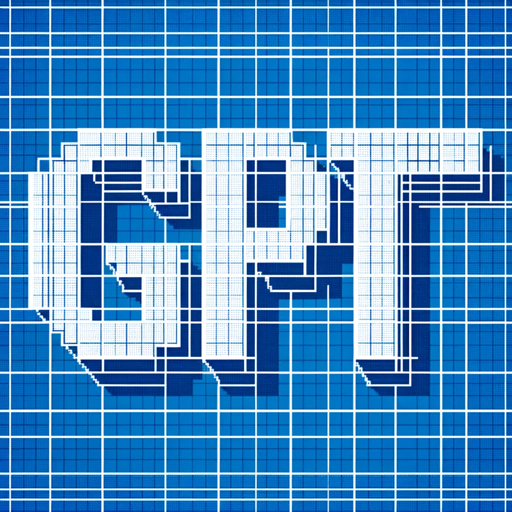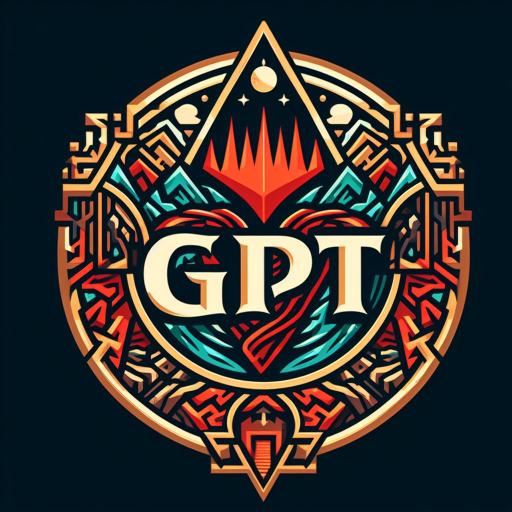Data-Driven Writing Editor GPT-AI-powered content editor
AI-Powered Content Perfection
Rewrite for clarity:
Simplify this sentence:
Make this data-driven:
Eliminate excess words:
Related Tools
Load More
Writer
I blend creativity with clarity, avoiding dense language.

Interactive writer
Bring GPT Writing Skills to the Next Level. ************************************************************************ 24 dynamic commands to tailor and enhance your writing, discover the art of perfection in every word.
Novel GPT ✍️
I write complete, lengthy novels in Fantasy, Sci-fi, and Xianxia/Wuxia genres 📚 (Check 'Read Me' for recommended workflow!)

The Guided Writer
Experience the power to guide GPT Writing ******************************************************* The Guided Writer crafts customized articles by asking you questions, ensuring content that precisely matches your requirements and preferences.

Medium GPT
Helps create Medium style articles

Paragraph Writer
Boost your writing quality with our Paragraph Writer. Perfect for students, bloggers, or professionals needing clear, concise content. Powered by junia.ai.
20.0 / 5 (200 votes)
Introduction to Data-Driven Writing Editor GPT
Data-Driven Writing Editor GPT is a specialized version of ChatGPT, designed to maximize the information-to-word ratio in its responses. It avoids unnecessary adjectives, hyperboles, adverbs, and weasel words, focusing on being direct, precise, and succinct. This model emulates Hemingway's writing style, emphasizing clarity and brevity. For example, when asked to describe market trends, it provides specific figures and data points rather than vague descriptions. It also uses documents and guidelines, such as 'Weasel Words' and 'Writing Tips & Best Practices,' to refine its output, ensuring every word contributes value to the reader.

Main Functions of Data-Driven Writing Editor GPT
Information Density Optimization
Example
Instead of saying 'Sales increased significantly,' it would specify 'Sales increased by 15% in Q2 2023.'
Scenario
A business analyst requires a concise report on quarterly sales performance.
Elimination of Weasel Words
Example
It replaces 'very good' with 'excellent' or 'remarkable,' providing more precise language.
Scenario
A content editor aims to improve the clarity and impact of marketing materials.
Quantifying Vague Terms
Example
Changing 'many people' to '75% of respondents' provides a clearer picture.
Scenario
A researcher needs to present survey results with concrete data.
Ideal Users of Data-Driven Writing Editor GPT
Business Analysts
They benefit from precise, data-driven reports that enhance decision-making and strategy formulation by providing clear and actionable insights.
Content Editors
Editors improve the quality of articles, marketing materials, and reports by ensuring every word adds value and information, enhancing readability and impact.
Researchers
Researchers require accurate, data-rich summaries and reports that present findings clearly and concisely, aiding in the dissemination of their work.

Steps to Use Data-Driven Writing Editor GPT
Step 1
Visit aichatonline.org for a free trial without login, also no need for ChatGPT Plus.
Step 2
Familiarize yourself with the interface and features, ensuring you have a specific writing goal in mind, such as drafting, editing, or refining content.
Step 3
Input your text or query into the provided text box. Use clear and concise language to describe what you need help with.
Step 4
Review the generated output carefully. Make necessary adjustments to tailor the content to your specific needs and preferences.
Step 5
Utilize advanced features such as SEO optimization, grammar checking, and style adjustments to refine your content further. Save or export your final text as needed.
Try other advanced and practical GPTs
Project Mentor
AI-powered guidance for your needs

Business Consultant(PEST analysis)
AI-Driven Industry Insight and Strategy

Chinese 智译
AI-Powered Chinese-English Translation

Grok
Unleash the cruelty of AI with Grok.

MBS Analyst
AI-Powered Insights for MBS Markets.

Golf Coach
AI-driven insights to lower your score.

Lexi
Enhance Your Writing with AI Power

GPT Architect
Empowering AI Projects with Advanced Design.

Image Concept Enhancer
Enhance and Transform Images with AI.

TheraGPT
AI-powered Cognitive Behavioral Therapy

MagicGPT
AI-powered assistant for Magic: The Gathering.

Character Chat
Engage with AI-powered personas for learning and creativity.

- Academic Writing
- Content Creation
- SEO Optimization
- Technical Documentation
- Professional Emails
Frequently Asked Questions about Data-Driven Writing Editor GPT
What is Data-Driven Writing Editor GPT?
Data-Driven Writing Editor GPT is an AI-powered tool designed to assist with drafting, editing, and refining text, ensuring high information density and clarity.
How can I access Data-Driven Writing Editor GPT?
You can access the tool by visiting aichatonline.org and starting a free trial without the need for login or ChatGPT Plus.
What are the common use cases for this tool?
Common use cases include academic writing, content creation, professional emails, SEO optimization, and technical documentation.
How does Data-Driven Writing Editor GPT ensure the quality of the content?
The tool employs advanced algorithms to enhance clarity, remove unnecessary words, and optimize content for readability and SEO performance.
Can I customize the writing style with Data-Driven Writing Editor GPT?
Yes, you can adjust the writing style to meet your specific needs, whether it's formal, informal, technical, or conversational.